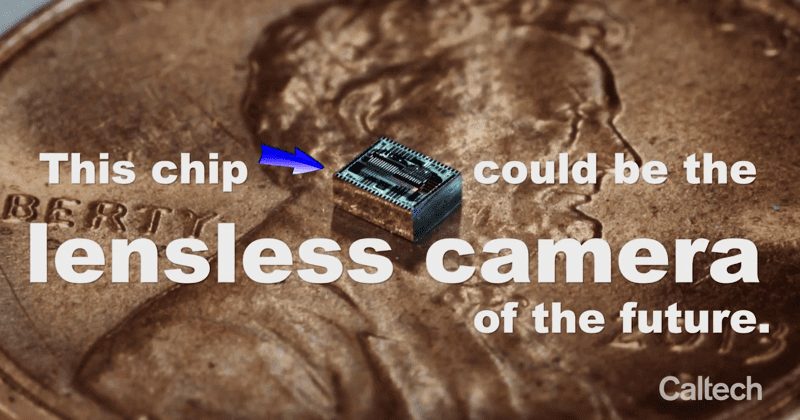This type of technology challenges the technological concepts that, for centuries, regulated the market. In digital cameras, lenses are used to direct light to a digital sensor. The optical phase matrix or OPA has a set of light receptors that can individually create a time delay up to a few minutes, allowing the camera to be able to see multiple directions and focus on different objects.
Is it the future of what we know today by chamber?
This new lens-less camera is made up of thin, light-sensitive silicon components embedded in a silicon chip. Light waves are received by each light-sensitive element in the matrix and interfere with each other. “Our new system can look selectively in a desired direction and in a certain part of the image at any time, controlling time to the nearest billionth of a second” stated Ali Hajimiri of Caltech.
According to what Reza Fatemi, leader of the research, refers to what the camera does is similar to looking through a thin straw and scanning it through the field of view. We can form an image at an incredibly fast speed by manipulating light instead of moving a mechanical object. The camera currently consists of 64 light receivers in sets of eight by eight pixels and the images that are created are far from what is currently captured by a smartphone. The ability to control all the optical properties of a camera using a thin layer of silicon photonics paper at low cost without any mechanical movement, lenses or mirrors. According to the professor, this sensor can also switch from a fisheye lens to a telephoto lens instantly, requiring only a simple adjustment in the array. That is, the double lenses in smartphones would make no sense. Although this camera is the only proof of what is possible, this technology will still take a long time to reach our devices with the desired quality, however, it is good to know that in a few years we may have a smartphone whose thickness is not dictated by the size of the camera. So, what do you think about this new lenseless camera? Simply share your views and thoughts in the comment section below.
Δ


